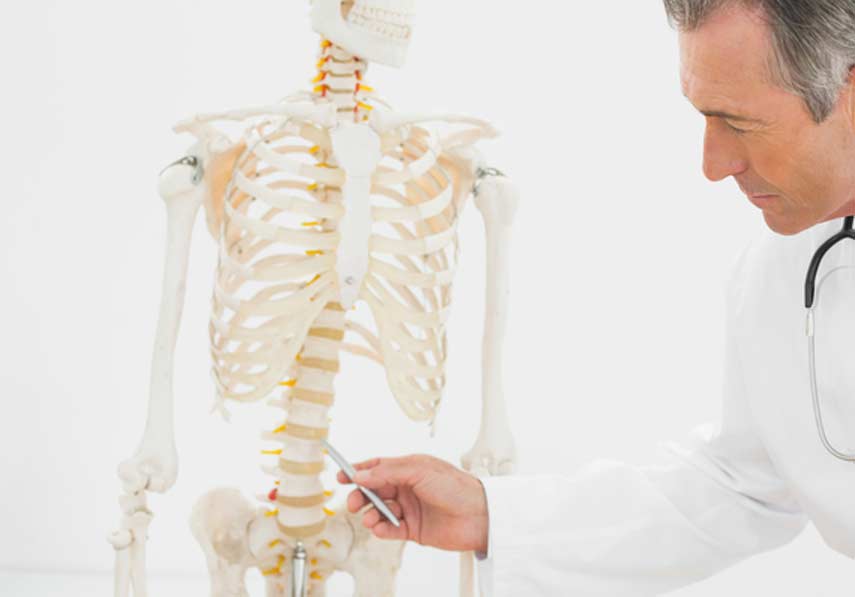
Cartilage is a type of connective tissue. It is flexible, but also tough. It works as a cushion for the joint’s bones throughout the body.
Cartilage damage is generally considered an orthopedic injury and it may cause stiffness, pain and swelling. Injuries, such as a direct blow from a fall or blunt force, can lead to a cartilage injury. There are different options for patients to explore that can help to repair damaged cartilage.
Marrow Stimulation
The purpose of this procedure is to allow for the growth of new, healthier cartilage. The surgeon locates the damaged cartilage and micro-fractures (tiny holes) to expose the blood vessels present in the bone. This results in a blood clot that develops inside the cartilage so that new cartilage production is triggered.
Compared to the original cartilage, the new cartilage that grows is less supple. Because of this, it is prone to wear and tear faster than a person’s natural cartilage. The person might need further treatment later in life or be more prone to injuries in the area.


Autologous Chondrocyte Implantation
Surgeons may recommend this procedure to essentially replace damaged cartilage via healthy cells. For this procedure, the surgeon begins by taking a small piece of the patient’s cartilage and sends it to a laboratory. The piece of cartilage is grown to allow for the production of additional cartilage cells. This process can take one to three months on average.
Once the new cartilage cells are ready, they are implanted into the joint that suffered cartilage damage. This allows the cells to grow into healthy tissue.
Debridement
Debridement of damaged cartilage is done to prevent it from irritating and rubbing the surrounding structures. The surgeon accesses the damaged cartilage to remove the loose edges and smooth it. This is done using an arthroscopic approach.
The surgeon makes one or more small incisions into the area they will be working on. A small camera is inserted so that they can visualize the internal structures. They look at a monitor to see the structures that the camera visualizes. Other instruments may be inserted into additional small incisions, such as a mechanical shaver, to complete this procedure.
Mosaicplasty
For this procedure, the surgeon uses healthy cartilage to replace cartilage in the damaged area. They find cartilage elsewhere in the body and remove it so that it can be moved to the area where damage exists. This procedure is not ideal for joints that have suffered widespread damage, such as with patients who have advanced osteoarthritis.
Areas of damaged cartilage that measure 10 to 20 millimeters are best for this procedure. It is best for cartilage damage from an injury. The patients who are good candidates for this surgery are usually age 50 or younger.
If someone suspects a cartilage injury, they should consult with an orthopedic doctor. They can get a definitive diagnosis and help the patient to explore the cartilage repair techniques available to them.

